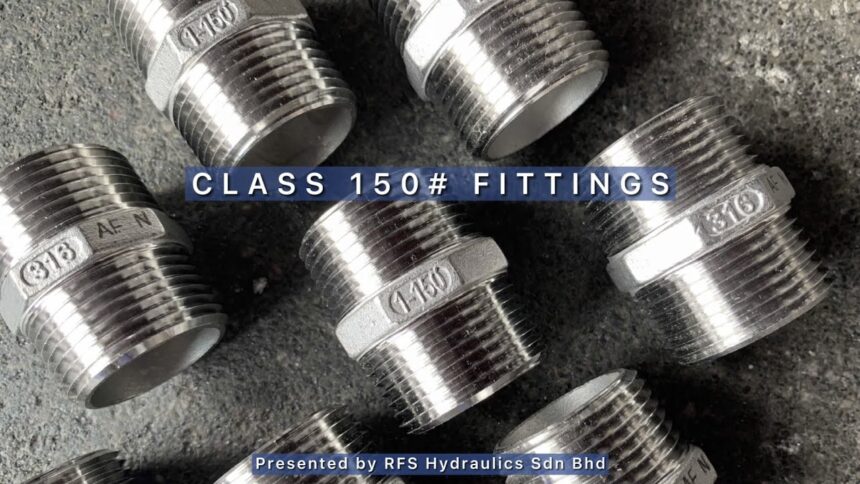When planning a piping project, selecting the right supplies is crucial to ensure efficiency, safety, and longevity. Among the various components, 150# stainless fittings are essential for numerous applications due to their durability and resistance to corrosion.
The versatility of 150# stainless fittings makes them suitable for various industries, including pharmaceuticals, petrochemicals, and marine engineering. Prioritizing proper sizing and compatibility with other piping components is vital to achieving seamless integration and optimal performance within the system. This article discusses the things that you must consider when purchasing Piping Supplies such as these.
Understanding 150# Stainless Fittings
150# stainless fittings are rated to handle pressures up to 150 PSI. These fittings are commonly used in plumbing, industrial, and commercial applications. Their major advantage lies in withstanding high pressure and temperature conditions.
Material Quality and Standards
One of the foremost considerations when buying 150# stainless fittings is the quality of the material. Stainless steel is available in various grades. Each of these has distinct properties. For fittings, grades such as 304 and 316 are often used due to their excellent resistance to corrosion and high temperatures. Ensure the fittings comply with relevant standards like ASTM and ASME, which guarantee the material’s quality and performance.
Types of 150# Stainless Fittings
There are several types of 150# stainless fittings available, each designed for specific functions. Common types include elbows, tees, couplings, and reducers. Elbows are used to change the direction of the piping, while tees are used to join three pipes. Couplings connect two pipes, and reducers are used to join pipes of different diameters. Selecting the appropriate type is vital for the system’s efficiency and reliability.
Applications and Uses
It is important to recognize the application and context for employing 150# fittings. These fittings find utility across a spectrum of uses, spanning water treatment, chemical processing, and the food and beverage sectors. Their resilience against corrosion and capacity to endure elevated pressures render them well-suited for deployment in both interior and exterior environments. Prioritize compatibility between the fittings and the unique demands of your project to preempt any operational hindrances.
Size and Compatibility
Choosing the correct size of fittings is essential for a seamless installation. Fittings come in different sizes, and selecting the wrong size can lead to leaks and system failures. It is important to measure the diameter of the pipes accurately and ensure that the fittings are compatible with the piping system. Check for compatibility with other materials used in the system to prevent corrosion or chemical reactions.
Supplier Reputation and Reliability
When sourcing male elbow tube fittings, the reputation and dependability of the supplier are paramount considerations. A reputable supplier guarantees the fittings’ quality and compliance with industry benchmarks. Conduct thorough research on potential suppliers, delve into reviews, and seek out references. A reliable supplier furnishes certifications and comprehensive documentation as evidence of product excellence.
Pricing and Budget Considerations
While quality should not be compromised, it is essential to consider the pricing and budget. 150# stainless fittings can vary significantly in price depending on the material grade, size, and supplier. Get quotes from various suppliers and compare them. However, the cheapest option may not always be the best.
Purchasing Piping Supplies such as 150# fittings made of stainless steel involves careful consideration of various factors, including material quality, types, applications, size, supplier reputation, pricing, and maintenance. By paying attention to these aspects, you can ensure that the fittings you select will provide reliable performance over time.






